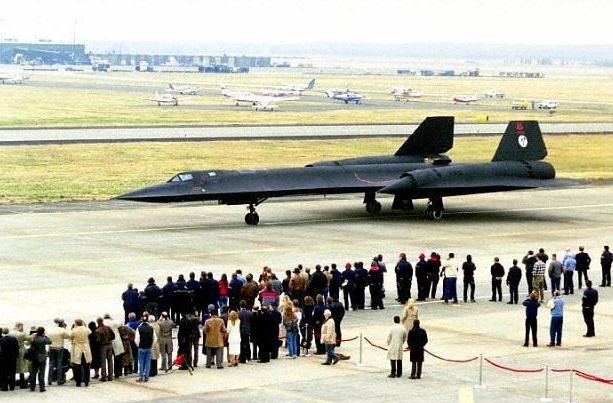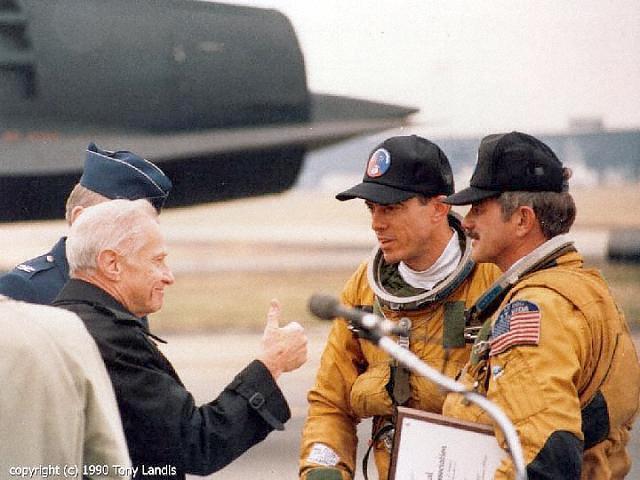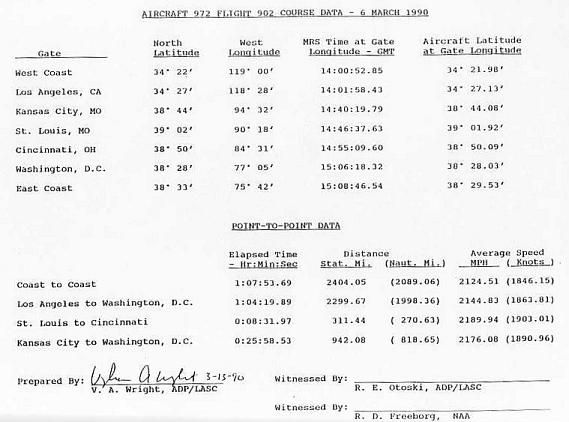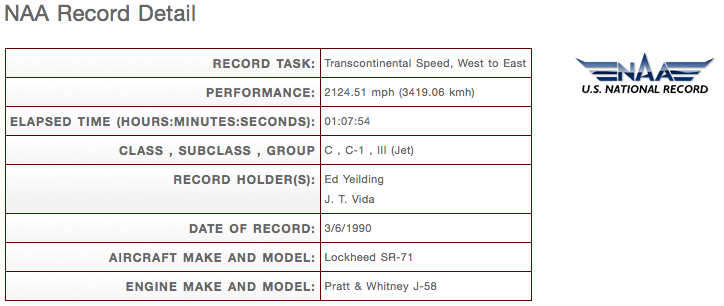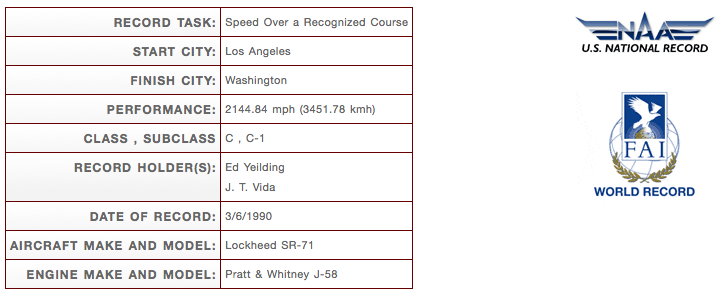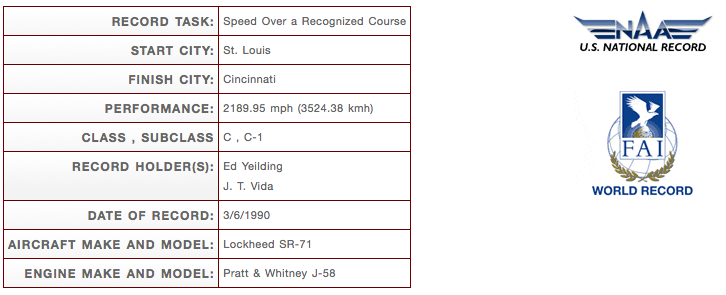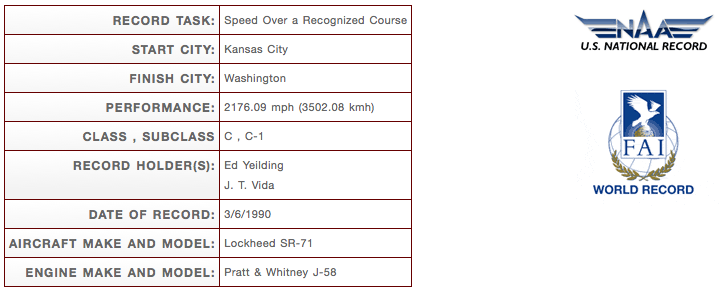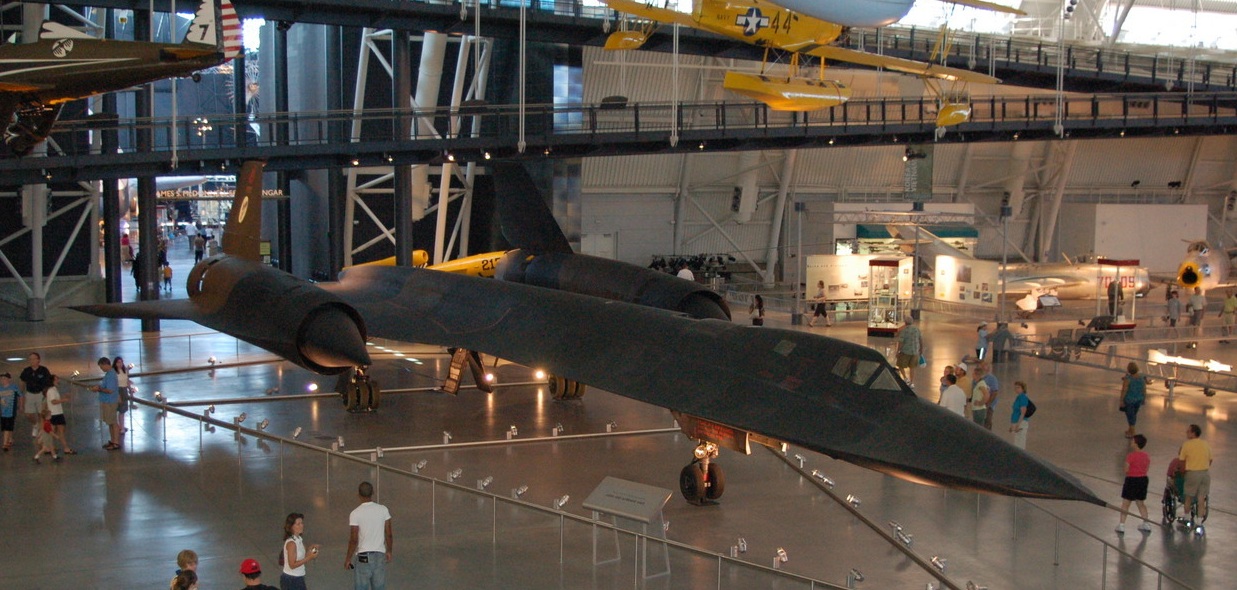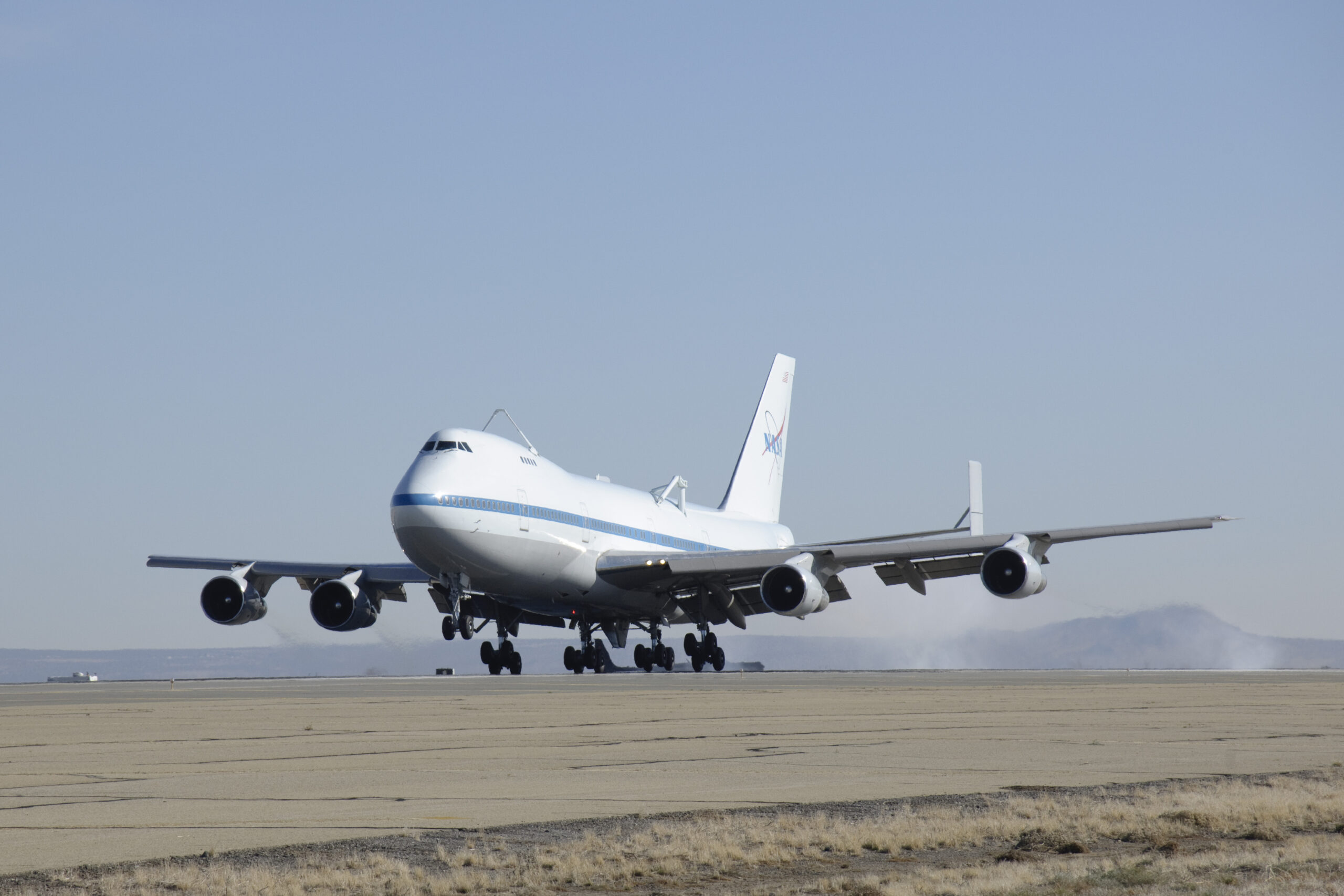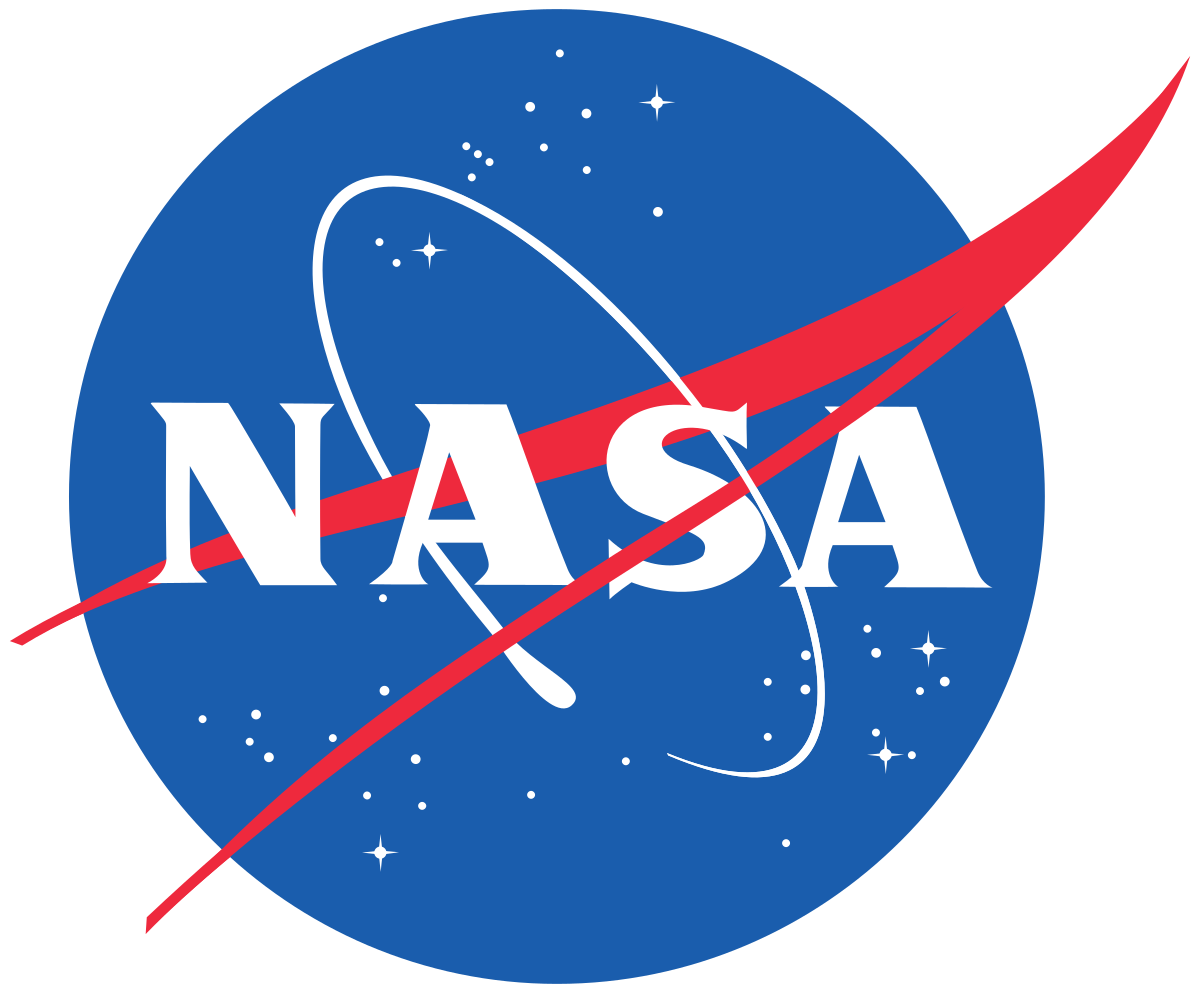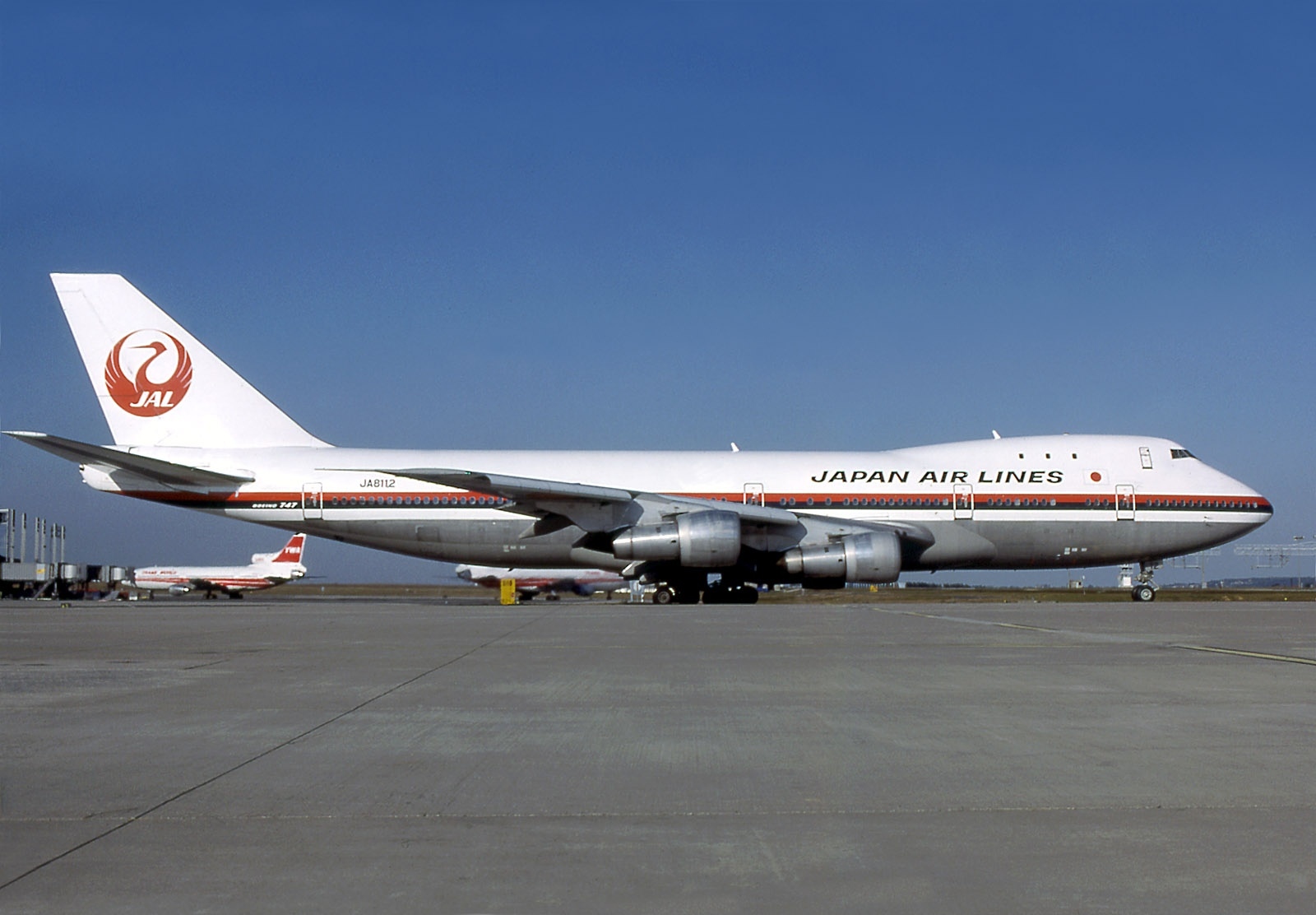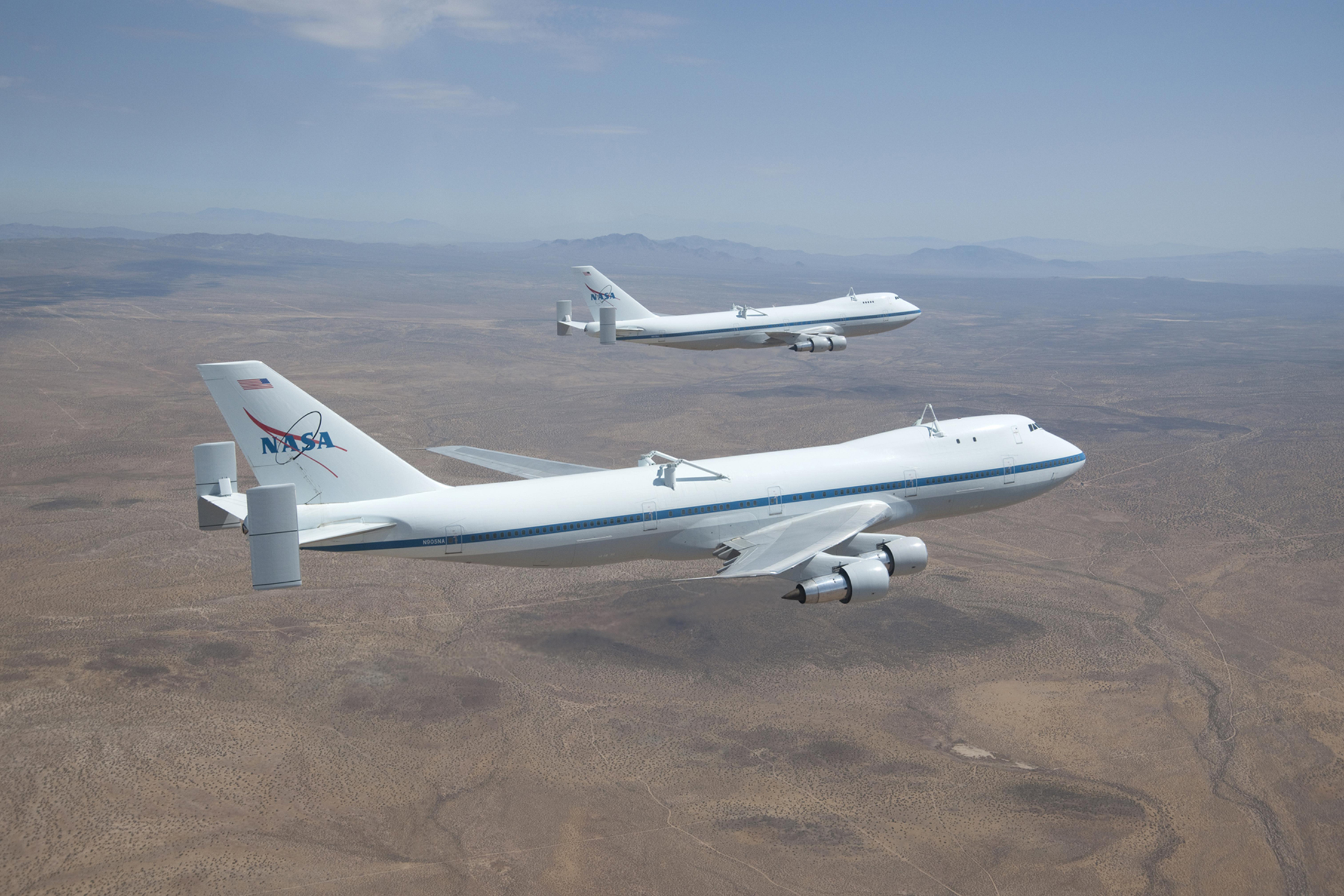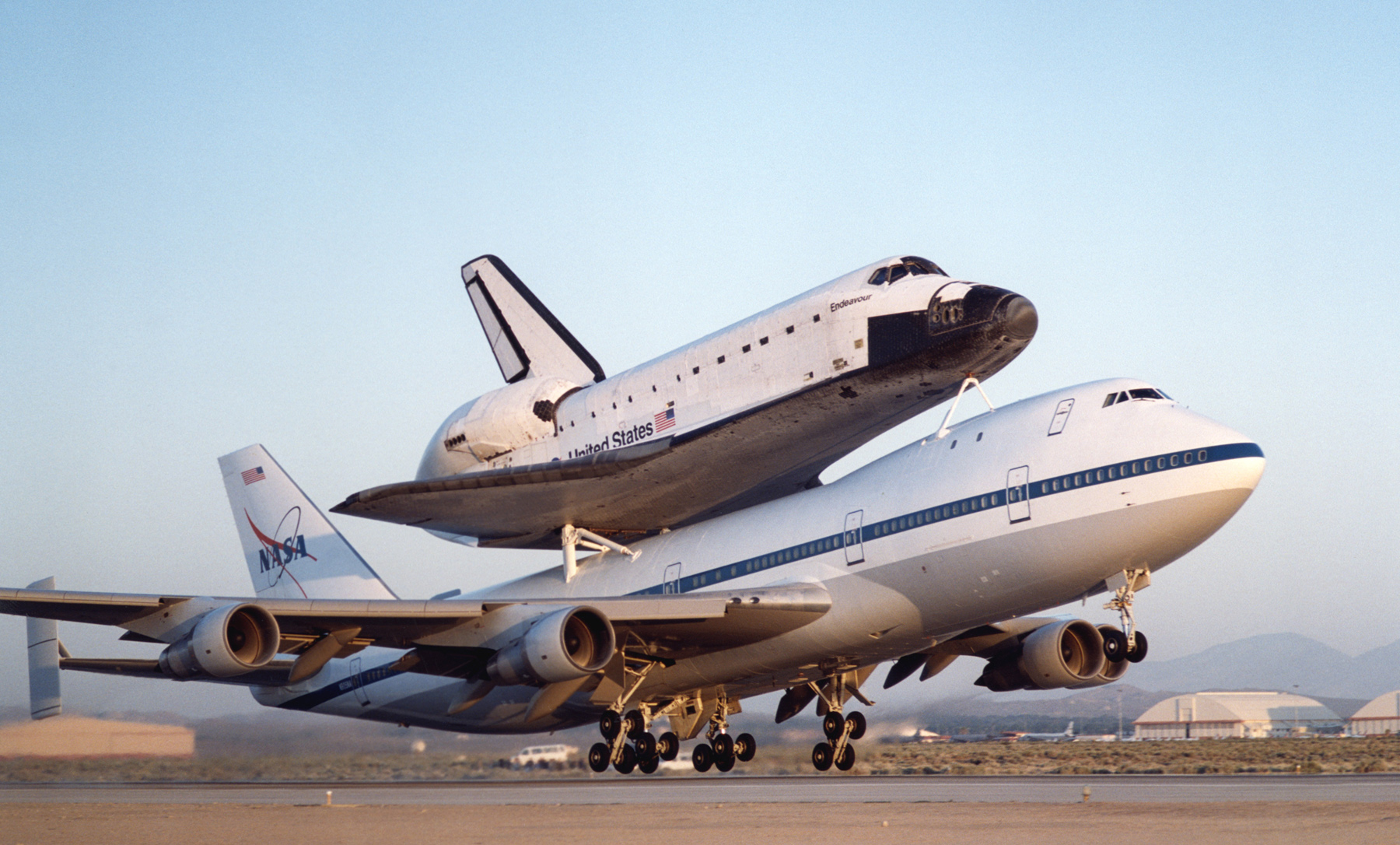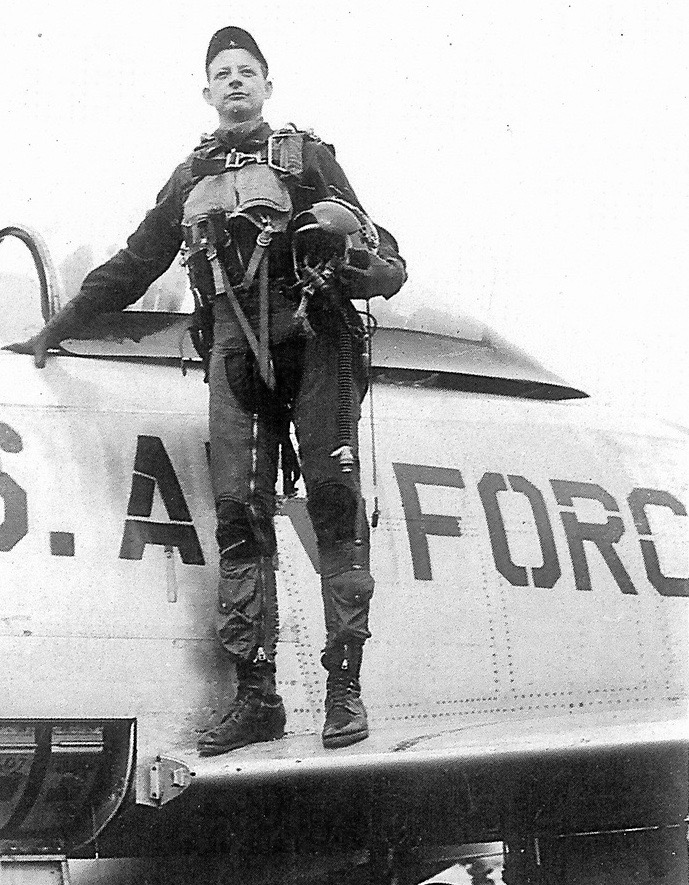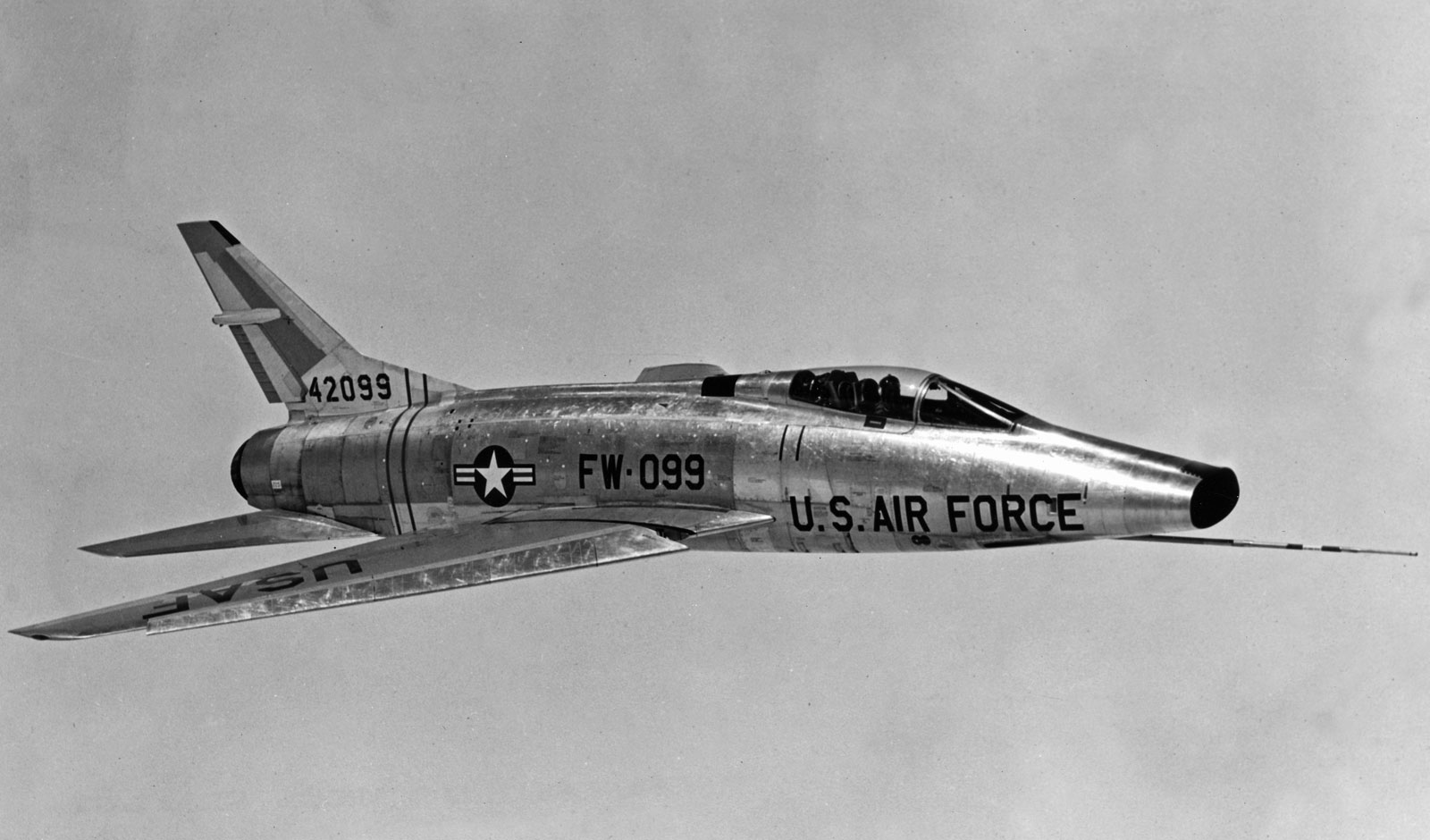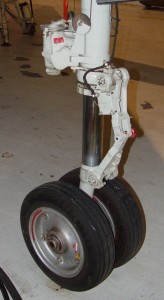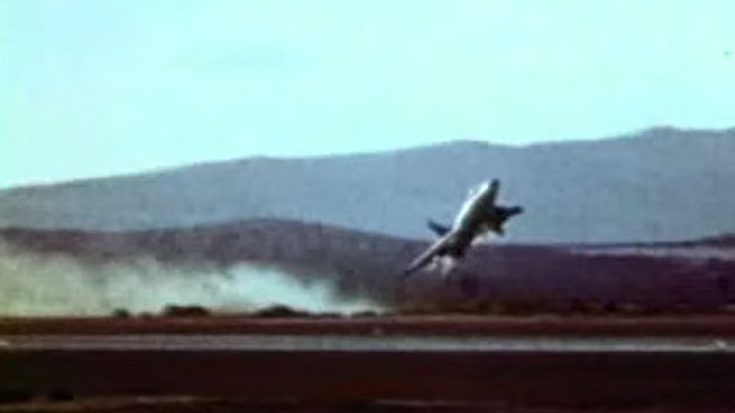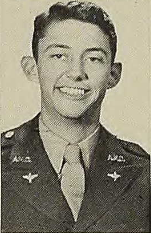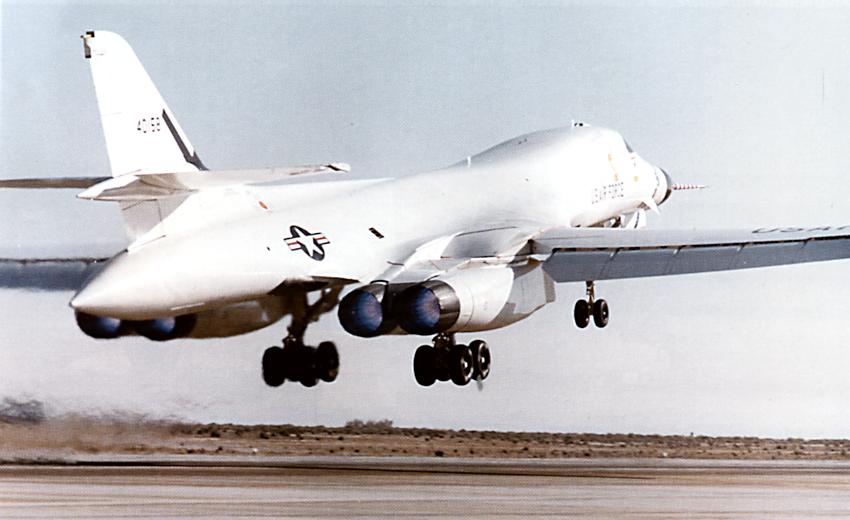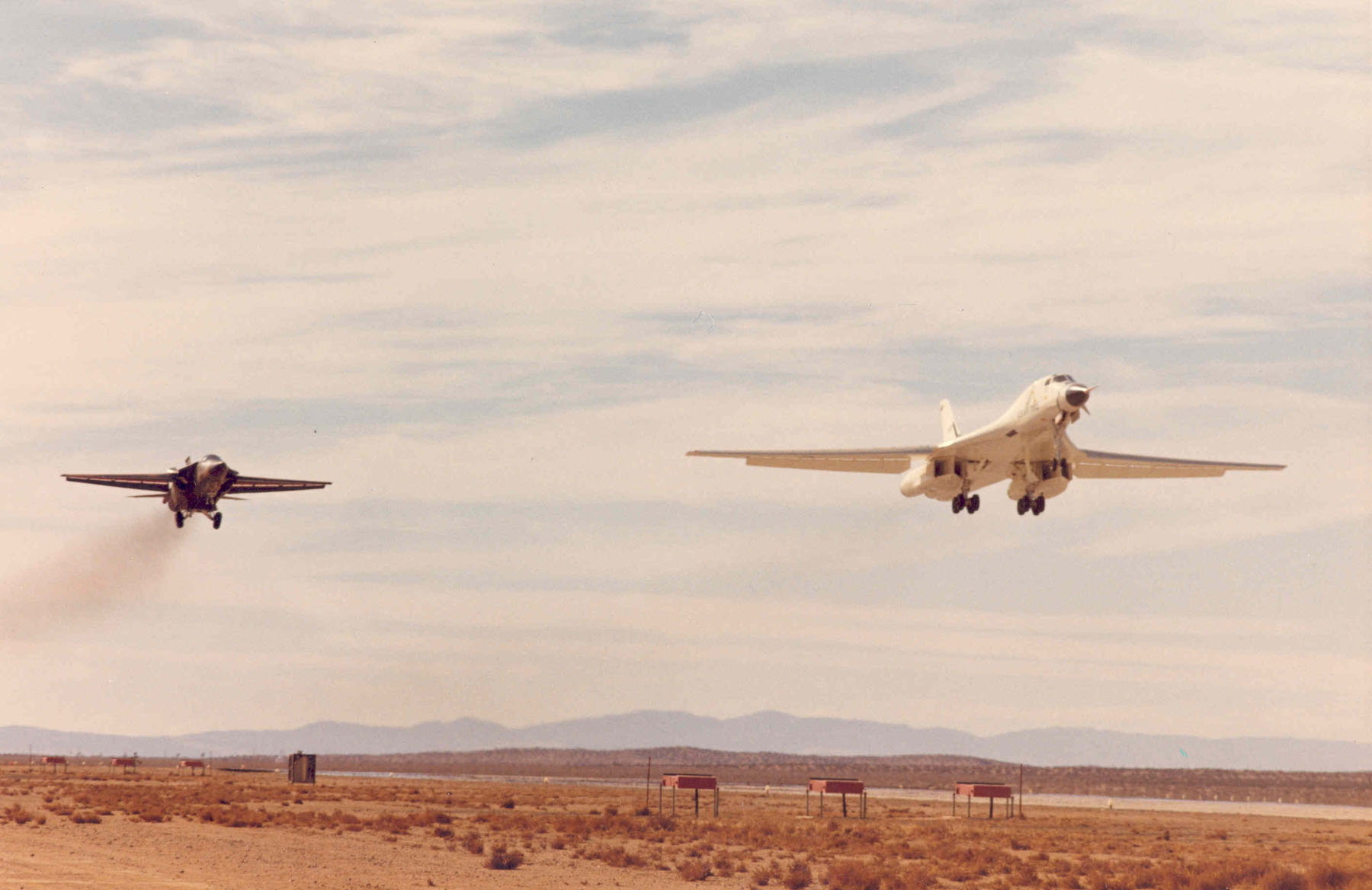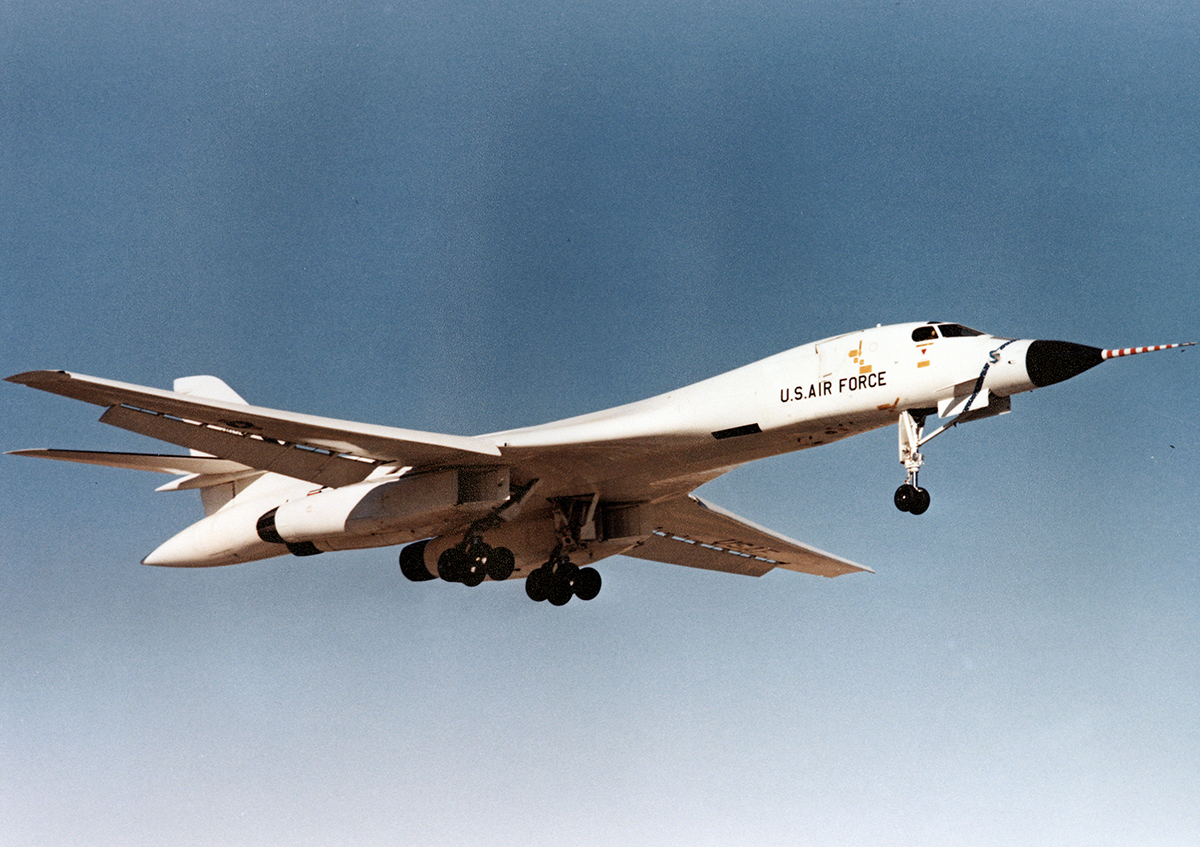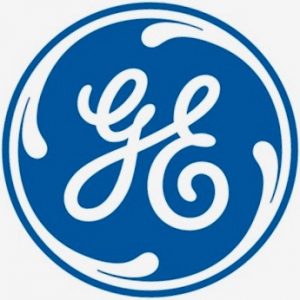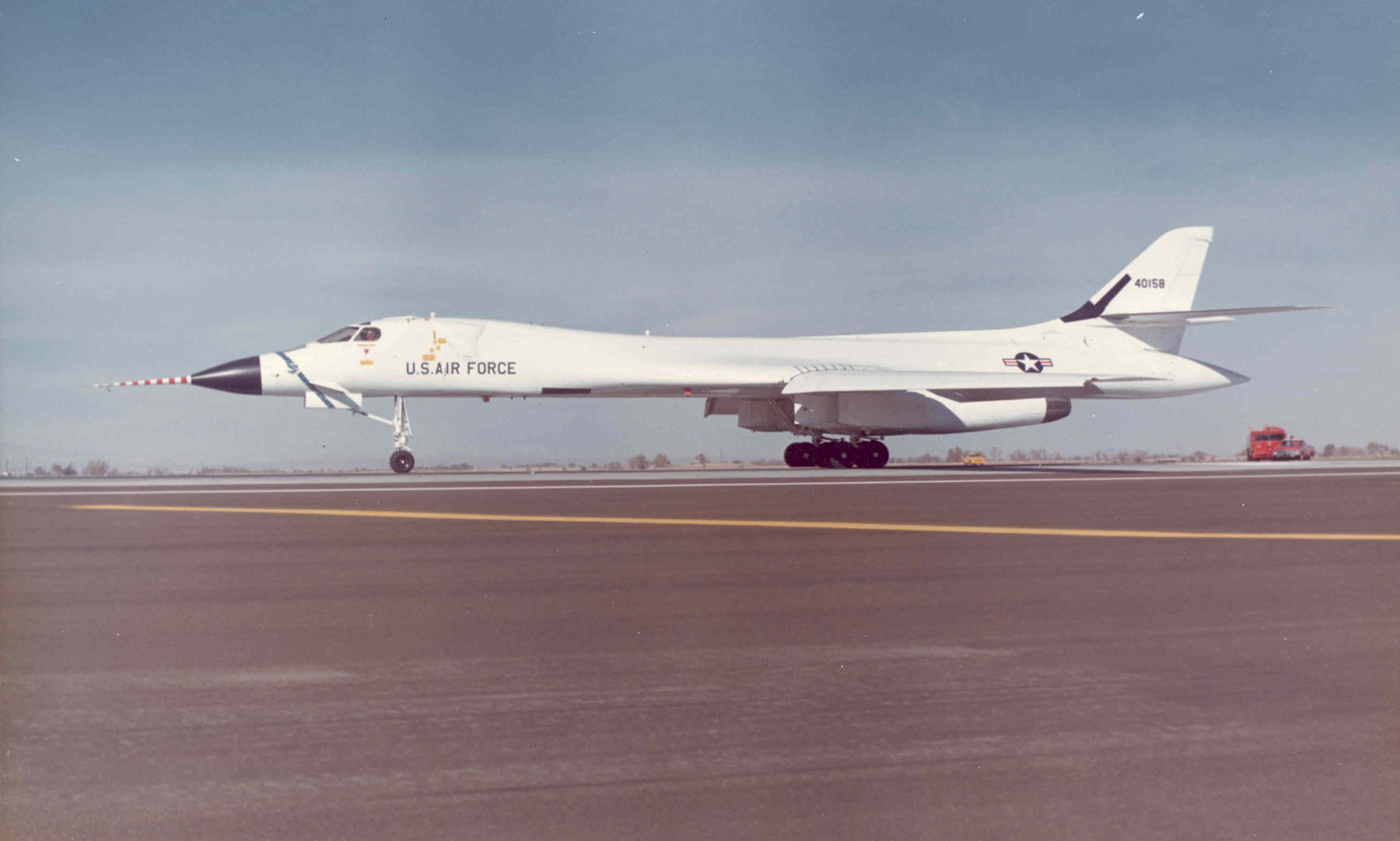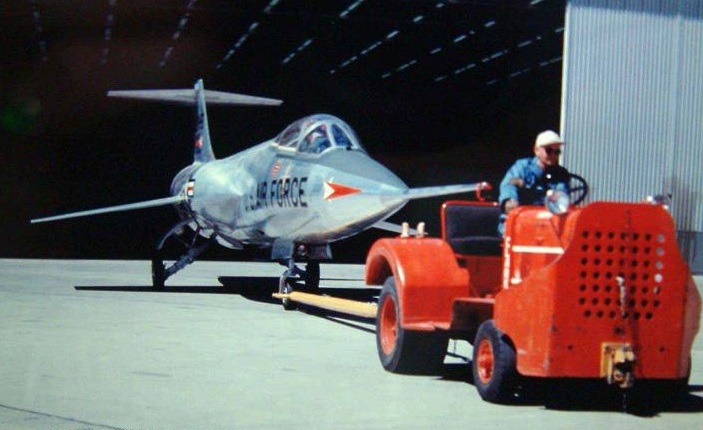
 17 April 1956: Lockheed Aircraft Corporation rolled out the very first production F-104A Starfighter, 55-2956, at Air Force Plant 42, Palmdale, California. This airplane, one of the original seventeen pre-production YF-104As, incorporated many improvements over the XF-104 prototype, the most visible being a longer fuselage.
17 April 1956: Lockheed Aircraft Corporation rolled out the very first production F-104A Starfighter, 55-2956, at Air Force Plant 42, Palmdale, California. This airplane, one of the original seventeen pre-production YF-104As, incorporated many improvements over the XF-104 prototype, the most visible being a longer fuselage.
Once the configuration was finalized, 55-2956 was the first YF-104A converted to the F-104A production standard. In this photograph, the F-104’s secret engine intakes are covered by false fairings.
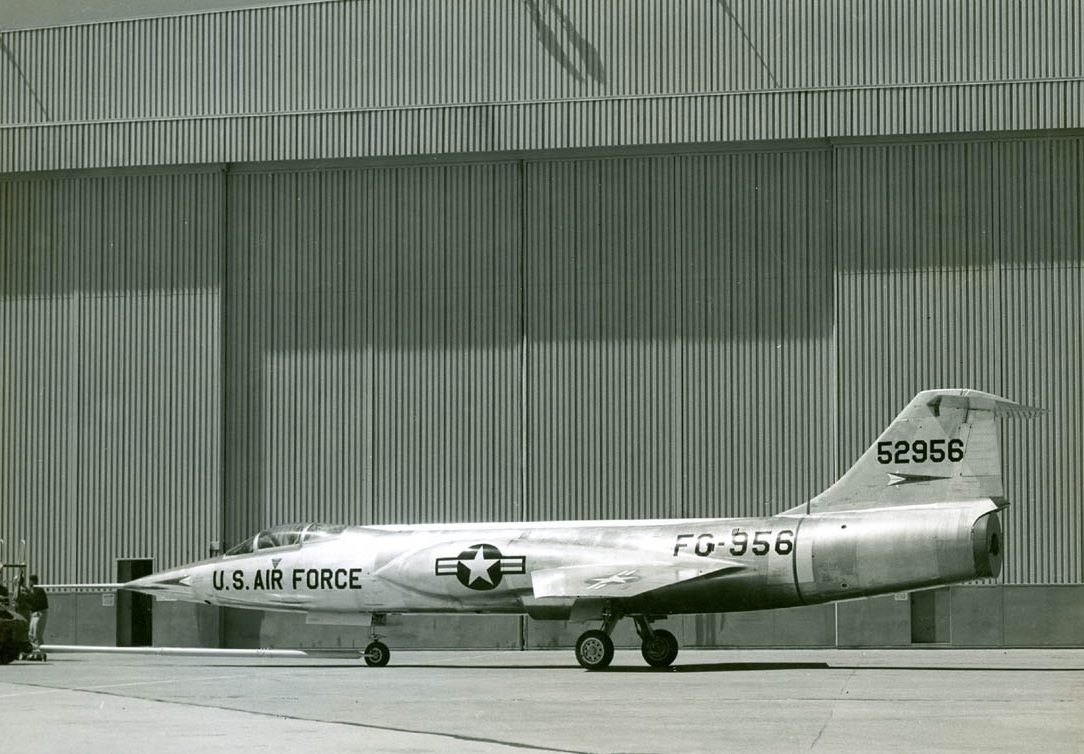
The Lockheed F-104A Starfighter was a single-place, single-engine supersonic interceptor. It was designed by a team lead by the legendary Clarence L. “Kelly” Johnson. The F-104A was 54 feet, 8 inches (16.662 meters) long with a wingspan of 21 feet, 9 inches (6.629 meters) and overall height of 13 feet, 5 inches (4.089 meters). It had an empty weight of 13,184 pounds (5,980.2 kilograms), combat weight of 17,988 pounds (8,159.2 kilograms), gross weight of 22,614 pounds (10,257.5 kilograms) and a maximum takeoff weight of 25,840 pounds (11,720.8 kilograms). Internal fuel capacity was 897 gallons (3,395.5 liters).
 The F-104A was powered by a single General Electric J79-GE-3A engine, a single-spool axial-flow afterburning turbojet, which used a 17-stage compressor and 3-stage turbine. The J79-GE-3A is rated at 9,600 pounds of thrust (42.70 kilonewtons), and 15,000 pounds (66.72 kilonewtons) with afterburner. The engine is 17 feet, 3.5 inches (5.271 meters) long, 3 feet, 2.3 inches (0.973 meters) in diameter, and weighs 3,325 pounds (1,508 kilograms).
The F-104A was powered by a single General Electric J79-GE-3A engine, a single-spool axial-flow afterburning turbojet, which used a 17-stage compressor and 3-stage turbine. The J79-GE-3A is rated at 9,600 pounds of thrust (42.70 kilonewtons), and 15,000 pounds (66.72 kilonewtons) with afterburner. The engine is 17 feet, 3.5 inches (5.271 meters) long, 3 feet, 2.3 inches (0.973 meters) in diameter, and weighs 3,325 pounds (1,508 kilograms).
The F-104A had a maximum speed of 1,037 miles per hour (1,669 kilometers per hour) at 50,000 feet (15,240 meters). Its stall speed was 198 miles per hour (319 kilometers per hour). The Starfighter’s initial rate of climb was 60,395 feet per minute (306.8 meters per second) and its service ceiling was 64,795 feet (19,750 meters).
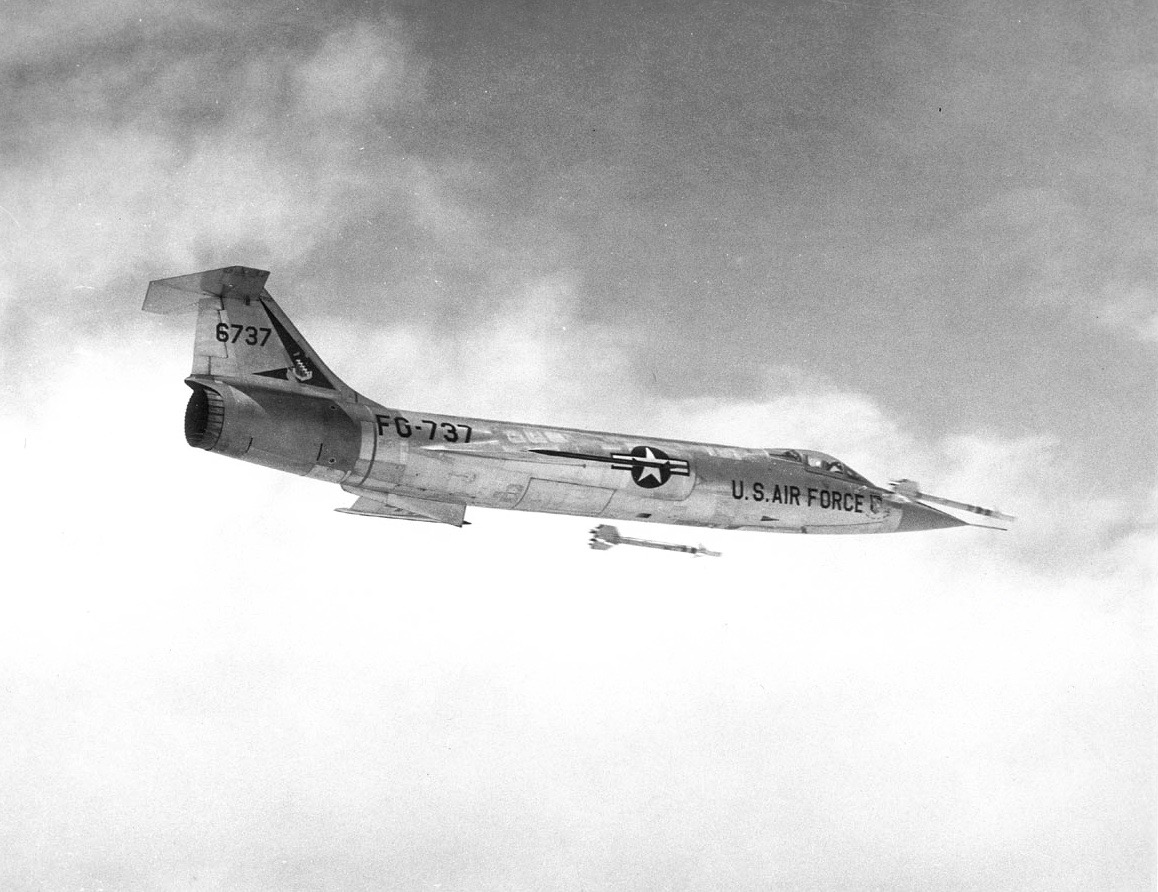
Armament was one General Electric M61 Vulcan six-barreled revolving cannon with 725 rounds of 20 mm ammunition. An AIM-9B Sidewinder heat-seeking air-to-air missile could be carried on each wing tip, or a jettisonable fuel tank with a capacity of 141.5 gallons (535.6 liters).
Lockheed built 153 of the F-104A Starfighter initial production version. A total of 2,578 F-104s of all variants were produced by Lockheed and its licensees, Canadair, Fiat, Fokker, MBB, Messerschmitt, Mitsubishi and SABCA. By 1969, the F-104A had been retired from service. The last Starfighter, an Aeritalia-built F-104S ASA/M of the Aeronautica Militare Italiana, was retired in October 2004.
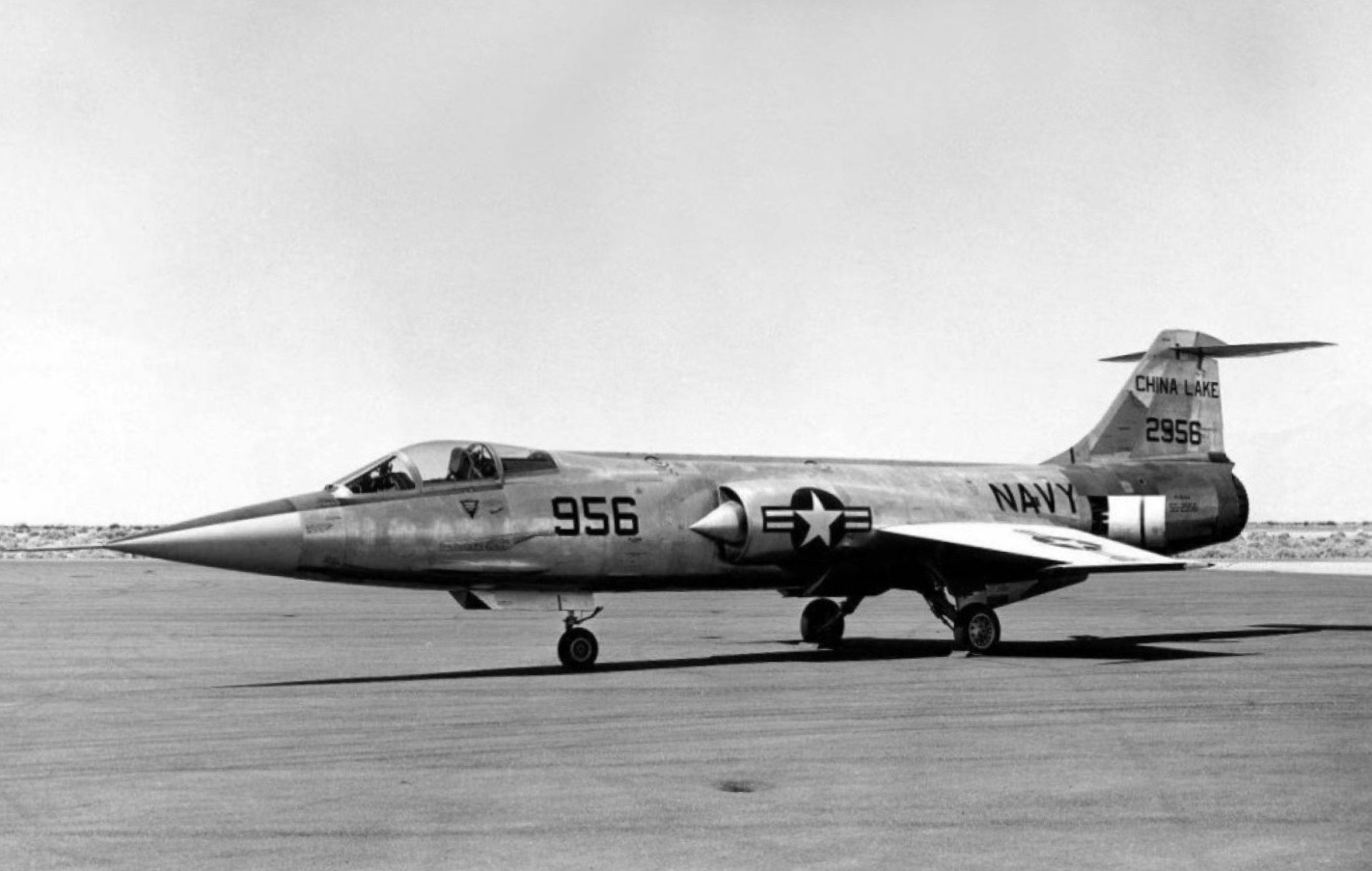
This Starfighter, 55-2956, was converted to a JF-104A with specialized instrumentation. It was transferred to the U.S. Navy to test AIM-9 Sidewinder missiles at Naval Ordnance Test Station (NOTS) China Lake, approximately 55 miles (88 kilometers) north-northeast of Edwards Air Force Base in the high desert of Southern California. 55-2956 was damaged beyond repair when it lost power on takeoff and ran off the runway at Armitage Field, 15 June 1959.
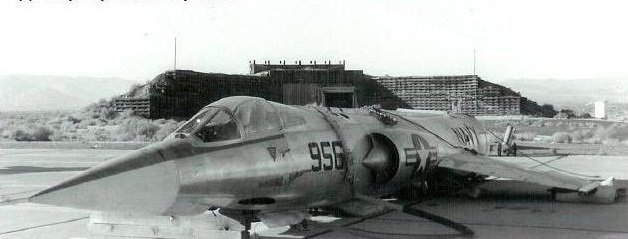
©2019, Bryan R. Swopes
